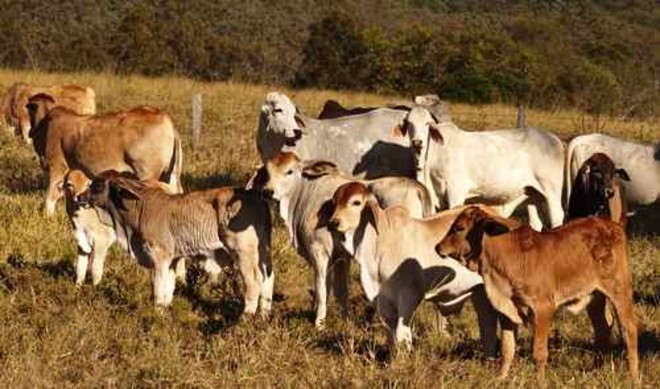by K.M.L. Pathak
Almost every smallholder farming family in a developing country owns livestock, whether chickens, rabbits, sheep, goats, pigs, cows, buffaloes, donkeys, horses, yaks, llamas, or camels. In India and many other countries, there is greater equity in livestock ownership than in land ownership. Livestock development benefits poor rural families, many of them engaged in farming but not owning land.
To the smallholder, and the women farmer, in particular, livestock mean a lot of things. Livestock help women earn a regular income. And livestock can act like personal ATM, one which women can draw upon when they need money. Livestock provide women and their families nutritious, protein rich food and with manure to fertilize vegetable plots and small fields, as well as fuel. Livestock consume and reprocess so-called wastes, such as crop residues and vegetable shavings. And donkeys and horses help in transportation and heavy tasks such as drawing water.
Unfortunately, livestock development did not get prominence in the 1960’s and 1970’s when there was an agricultural revolution in many parts of the world. The focus was on increasing production of cereals. With greater economic growth, as in South-east Asia, China, and, now, India, there has been increasing demand on foods of animal origin. On the eve of the millennium, it became apparent that this would be the century of livestock.
Experience in India is grounded on two important strategies for smallholder livestock development. The first is to provide smallholder producers reliable access to markets that are fair for their livestock products. In India, the dairy cooperative movement has had success in creating better income for farmers. It now encompasses, on a daily basis, nine million farmers across the country, most of whom are women. The second is to improve productivity of farmers’ animals. Often development has aimed only at the animal’s potential in producing a marketable product, for example, through breeding and improved feeding, without viewing the picture holistically. Development of the livestock owner must go along with the development of the animal.
Smallholders need access resources for the animals, such as pastures and water, which are owned by the community together. It is important to develop the communities’ resources and enable fair access for all. Interventions are needed in favor of local governance and appropriate policies while developing the communities’ resources. In many parts of the world, local governance evolved to ensure that entire communities benefitted equitably in using common resources through their animals. In recent years, there has been erosion of this governance and it needs to be revived. A key issue is also improving community mechanisms to avert risks from disease, famines, floods, etc. Many of the current approaches, such as using mass culling to control spread of diseases, adversely affect smallholder farmers. Similarly, animal improvement through breeding, many times with exotic breeds, without proper strategies and recording and information systems, creates problems for smallholders. Small farmers cannot afford the inputs needed such as feed and health care to maintain high yielding animals. Such initiatives can actually be counterproductive to the development of smallholders, their families, their farms, and their enterprises.
For the century of livestock, there needs to be a new look at livestock keeping and its development. Smallholder producers face major competition from large-scale, “factory” farming which concentrate large numbers of animals raising issues of pollution, animal welfare, ethics, and food safety. Research and innovation today is mostly directed towards intensification of livestock production, whereas the needs of smallholders are in the sustainability and resilience of animal production and farming systems. The potential is immense—billions of people worldwide will benefit from more income and better nutrition.
Posted also on Food Tank.

